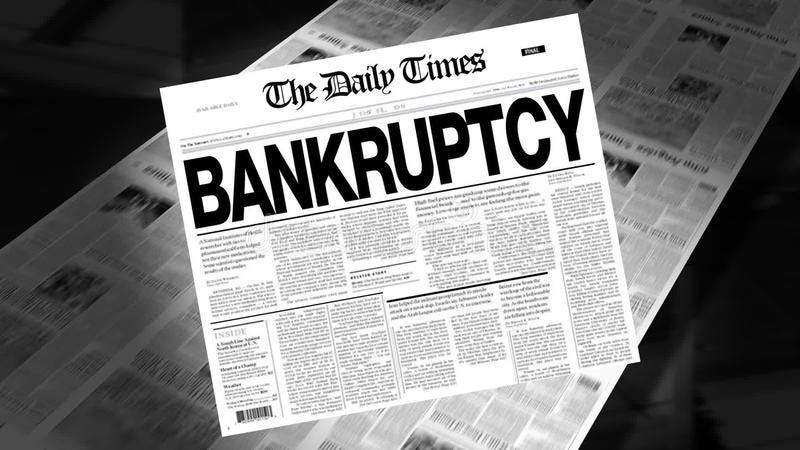Beyond Broke: Understanding Bankruptcy
Bankruptcy is a complex process that many companies may face at some point in their financial lives. While filing for bankruptcy can be seen as a last resort, it is important to understand that it does not always mean the complete discontinuation of business operations. In fact, bankruptcy can often provide a much-needed lifeline for those struggling with insurmountable debt, offering a way to restructure and repay creditors while also protecting assets. The process of filing for bankruptcy can vary widely depending on the country in which it is filed.
Definition of Bankruptcy
Bankruptcy is a legal process that allows individuals or businesses to declare that they are unable to pay off their debts. It is a complex legal process that involves various procedures and guidelines that must be followed to ensure a fair and equitable distribution of assets to creditors. However, bankruptcy is often mistakenly thought of as the discontinuation of operations.
While bankruptcy can lead to the liquidation of assets and closure of a business, it is not always the case. In many cases, bankruptcy provides a way for businesses to restructure their debts and continue operating. Businesses can also file for bankruptcy and still continue to operate their business as long as they follow the guidelines set out by the court. This can include providing regular reports to the court and following a payment plan to pay off their debts.
Bankruptcy can be initiated voluntarily by the debtor or involuntarily by the creditors. The purpose of bankruptcy is to provide a fresh start for debtors by discharging their debts or restructuring them in a way that is manageable for the debtor.
Bankruptcy laws in Indonesia and the US differ in several ways. The primary differences include the legal framework, procedures, and types of bankruptcy available.
OCBC NISP Ventura
April 2023 Newsletter





